News
News / 04/27/2021 / 2884
Scientists have estimated that in the next 30 years, the wreck of "The Titanic", which lies at the bottom of the Atlantic, will disintegrate irreversibly in the mud deposits. Therefore, all the secrets of this ship will remain hidden forever, and among them is the mystery of "The Titanic" wine list, which has fascinated the wine world for decades.
To this day, no copy has been preserved that would shed light on information about the wines that were available to the passengers of this ship. Scientists have tried to reconstruct the list based on consignment notes from a warehouse in the port of Southampton, where bottles of Ausbruch were stored with other wines loaded on the ship.
Whether that Ausbruch was in fact Bermet from Fruška Gora or from some other part of Austria-Hungarian Empire, we will probably never know. But in the end, it may not matter anymore. Tourists will continue to flock to Sremski Karlovci to hear the story of Bermet from Sremski Karlovci and taste local kuglof (kugelhupf) cake. Anyway, Bermet is in itself an authentic story of Fruška Gora and Srem, so it cannot be harmed by a romanticized story for tourists who will forget about the sad fate of the passengers of "The Titanic" after the first sip of this aromatized wine.
One of the puzzles surrounding this wine is the name itself. Namely, it is highly unlikely that there is truth in the explanation that can be heard in some wineries in Sremski Karlovci that the name is derived from two words: brati (to pick) and metnuti (to put) (because allegedly medicinal herbs and spices are picked and then put in wine). Most likely, Bermet is one variant of the German word "Der Wermut", which means wormwood. Wormwood was one of the main ingredients of Bermet, and in the Serbian language Bermet was also called "Pelenjak" or "Pelenaš" (Pelen is the Serbian word for wormwood).
Srem, or Fruška Gora in particular, were well-known for the production of Bermet. Zaharije Orfelin describes in detail the production of aromatized wine, which he calls Pelenaš Kapljaš (the must is poured into bags made of thick cloth and raised to a height and then dripping juice is collected into barrels for fermentation). Then a bag with spices (wormwood included) was placed in the barrel. Orfelin himself states that there are various recipes for Bermet production and other "herbal wines". He lists as many as 61 ingredients that can be used to make Bermet.
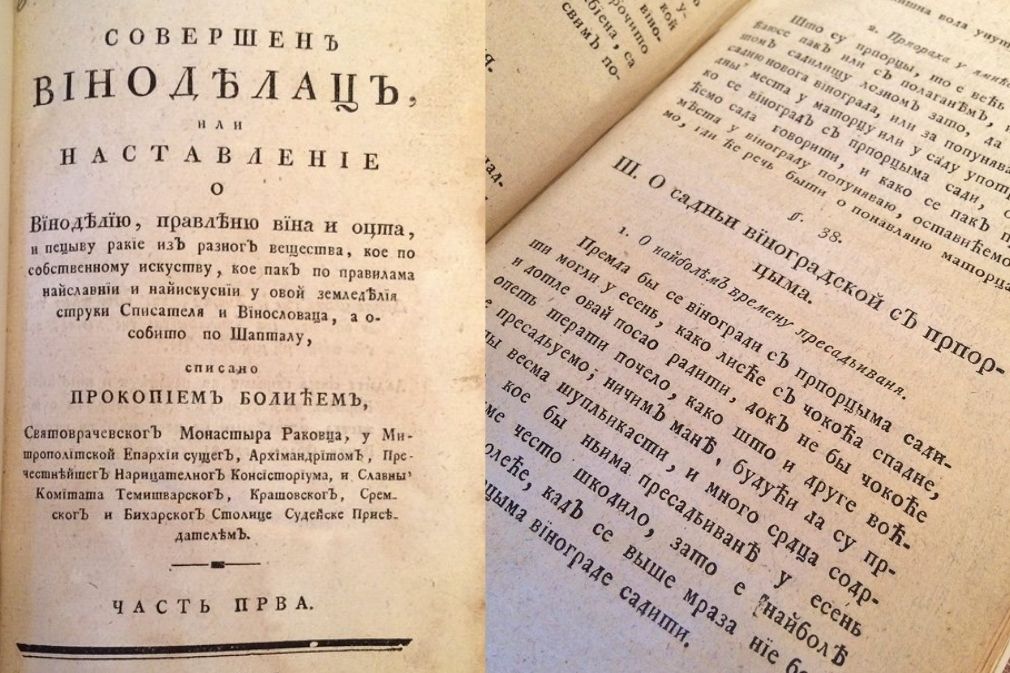
Prokopije Bolić in his book "The Perfect Winemaker (Soveršen Vinodelac)" (1816) does not explicitly mention Pelenaš Kapljaš, but he gives more details about the production of Bermet (Pelenovo Vino). Grapes were placed in the barrel in thick layer, then follows a layer of wormwood and black mustard, then more layers until the barrel is topped. Afterwards, must or old wine is poured into the barrel. Owing to this method of production, Bermet was not stabilized, the level of alcohol in the finished wine was low, so the wine was prone to spoilage. For that reason, Bermet was typically consumed during the winter period, until the arrival of spring.
Grapes and wormwood from the barrel were not thrown away. Instead, locals from Sremski Karlovci poured wine over them again to repeat the process and get more Bermet. Of course, the wine obtained in this way was weaker in taste and quality, so its price was lower. It is important to note that even in those days, Bermet could be made from both white and black grapes. Mita Petrović left a comment that Bermet from Srem is never made in a big barrel ("the smaller the barrel, the better").
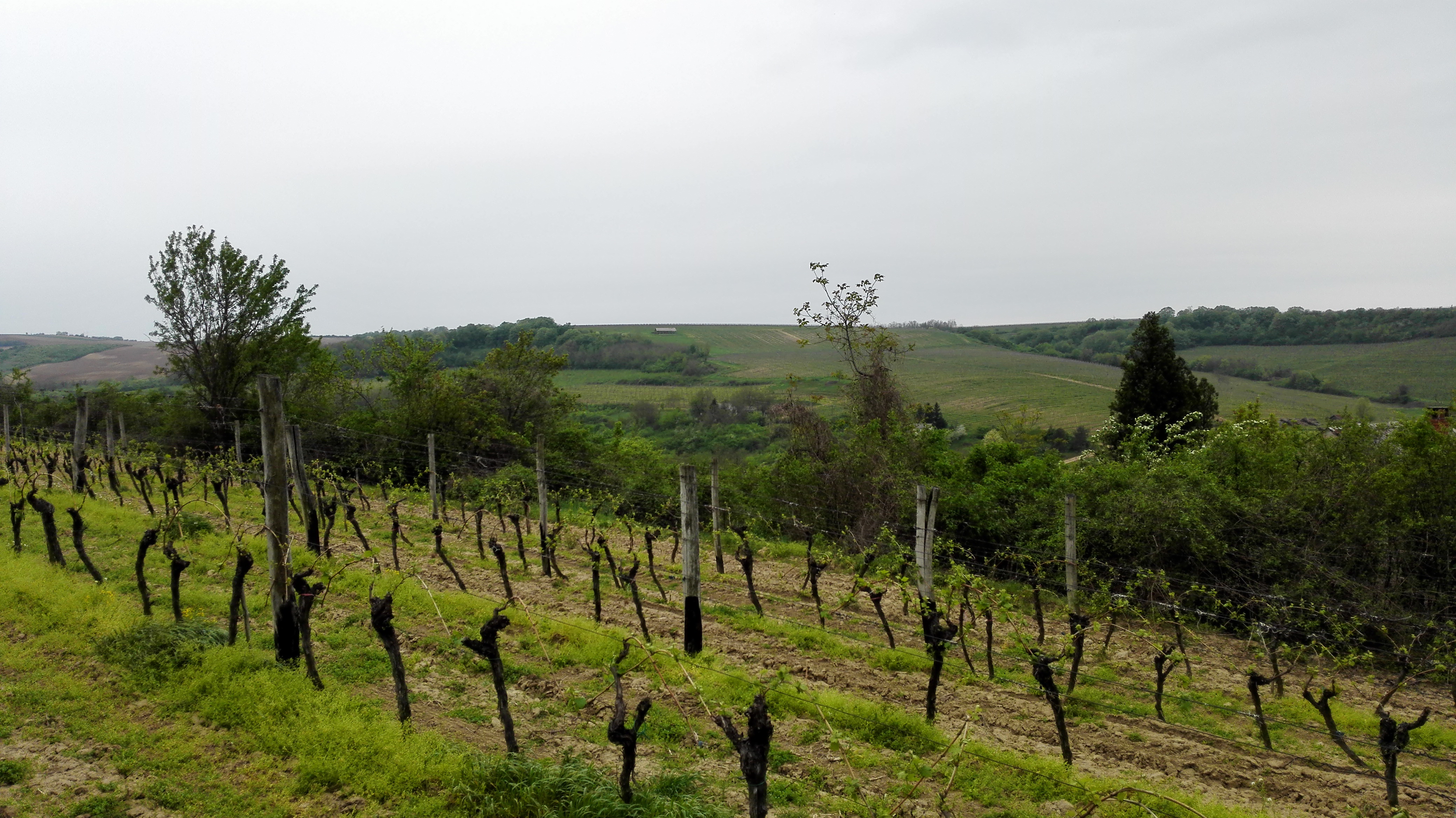
At the end of the 19th century, a ready-made mixture of wormwood and other spicy and medicinal herbs (lemon peel, yarrow, cinnamon, cloves, mustard, coriander...) packed in a bag made from cloth could be purchased in pharmacies for the production of Bermet, which was a fashion that had arrived in Srem from Hungary and Germany.
Cooked must was used for production of Bermet which originated from Tokaj and Arad (the town of Minis was famous for the production of "Minis Wermuth wine"), so it also differed from Bermet made in Srem. Also, Tokaji Bermet contained exclusively wormwood, without addition of other medicinal and spice plants.
Dimitrije Mića Petrović (1848, Pančevo - 1891, Budapest), professor of natural sciences and agriculture at the Serbian Teachers' School in Sombor, member of the Matica Srpska and the Serbian Royal Academy, paid attention to Bermet in his treatise "Wine of Srem (Sremsko vino)" published in 1885. He particularly compared and defined similarities and differences between Srem and Italian Bermet (in Italy, Bermet was typically made in Piedmont near Turin). Bermet from Italy was most often consumed before lunch in Western Europe.
Since Italian Bermet had been exported widely to the countries of West Europe, it was vital to provide a stable wine that wouldn't spoil during transport. So, the Italians resorted to must cooking or adding pure alcohol. It was also common to adjust the color of Bermet with caramelized sugar. Concerning the herbs and spices, the Italians typically used wormwood, cinnamon, hellebore, black mustard, orange peel, etc. A major difference compared to Srem Bermet was the use of exclusively white grapes for Italian Bermet production, most often some of the Muscat varieties.
A comparative analysis of Srem Bermet and Italian Bermet from Turin and Conegliano showed that although Srem Bermet had significantly lower percentage of alcohol, it also had more sugar and extract than Italian samples.
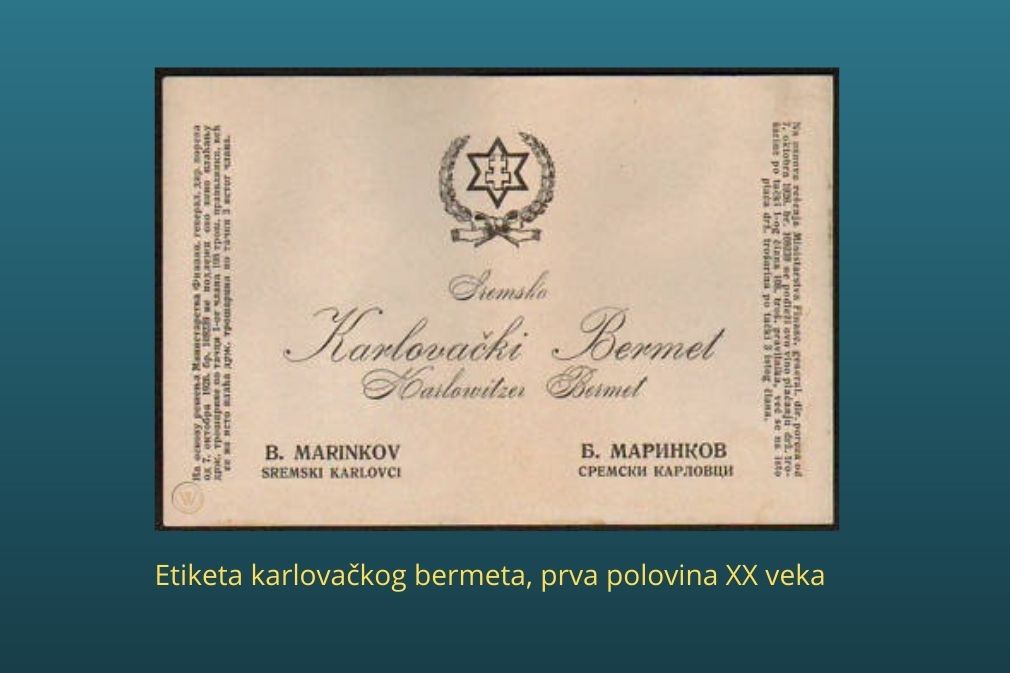
In an instruction from 1899 written by a winemaker and vinegrower from Fruška Gora, i.e. someone with practical knowledge of Bermet production, it is pointed out that one needs grapes of excellent quality in order to produce Bermet (contrary to popular opinion that aromatic herbs were used to hide poor quality of wine), and that grapes from southeastern positions on Fruška Gora were particularly used for Bermet.
For Bermet, common grape varieties were used, such as White and Black Drenak, Lisičina, Tamjanika, etc. He also stated that barrels of Bermet were typically opened in December, particularly at Christmas time. So, until the end of the 19th century, Bermet was "a domestic wine" in Sremski Karlovci in Srem, there were variations in the recipe and quality, while insufficient stability prevented it from being exported to faraway regions.
The turning point came after the First World War, when the locals in Sremski Karlovci undertook the adjustment of the recipe for the first time in order to revive Bermet production and make a stable wine that can be transported without losing its qualities. Two merchants from Sremski Karlovci, Kostić and Marinkov, were in the lead.
Back in those days, Bermet was already packed in glass bottles and could be bought occasionally outside Srem. Unfortunately, we do not have a preserved Bermet recipe that they used. Since then, the contemporary history of Bermet has begun, and winemakers from Sremski Karlovci have preserved the tradition of Bermet making despite difficulties that the World War II and subsequent period of socialism brought.

Tomislav Ivanović
Awarded wine writer, wine critic and contributor to selected wine magazines. WSET3-certified author and editor-in-chief of www.vinopedia.rs. Member of Vojvodina Sommelier Association. Juror in national and international wine competitions. Lecturing about wines of Serbia and the Balkans. Local partner of Wine Mosaic organization. Co-founder of International Prokupac Day.

Pročitajte i druge članke iz ove rubrike:
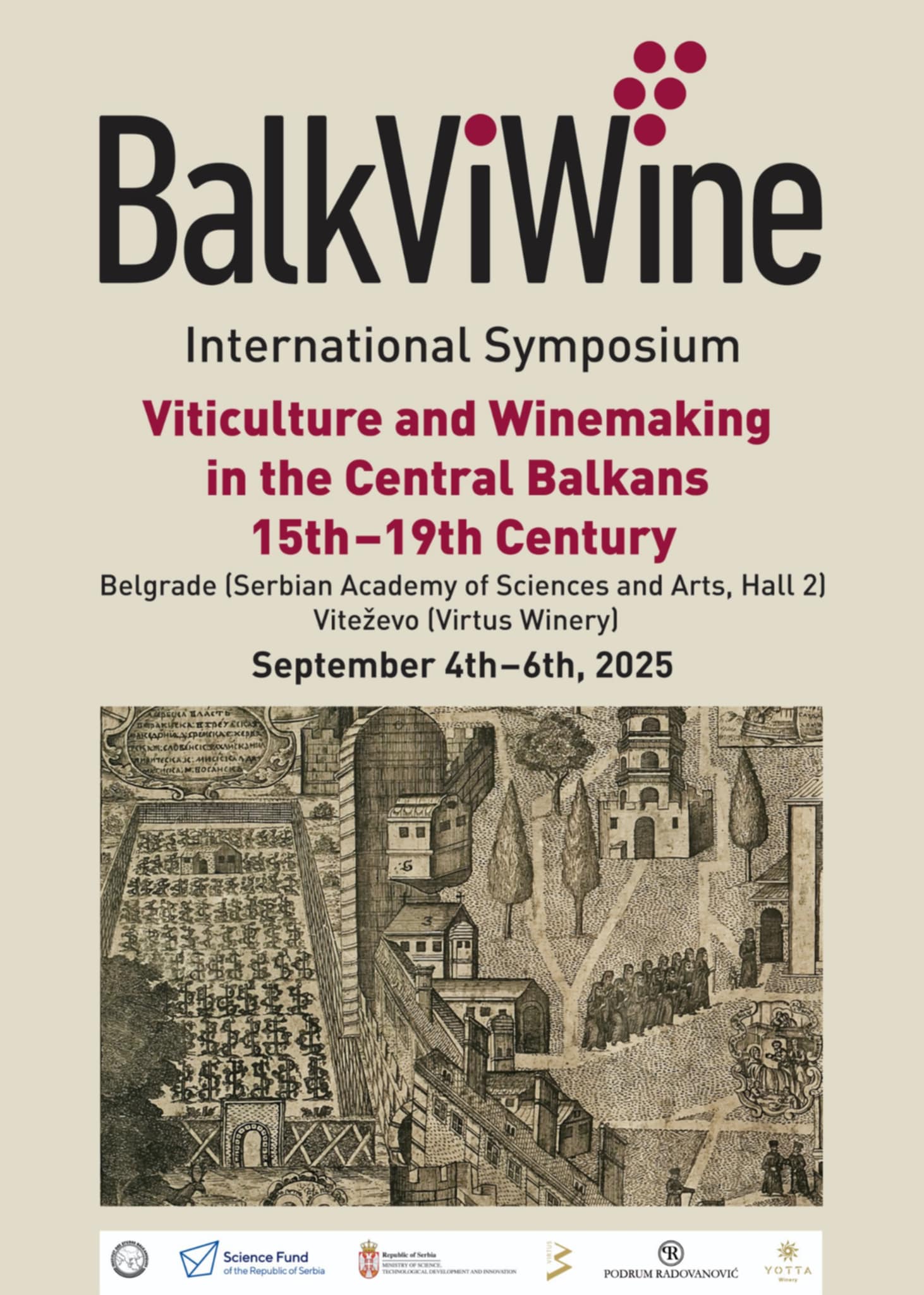

BALKVIWINE 2025 BEOGRAD
PROČITAJ VIŠE
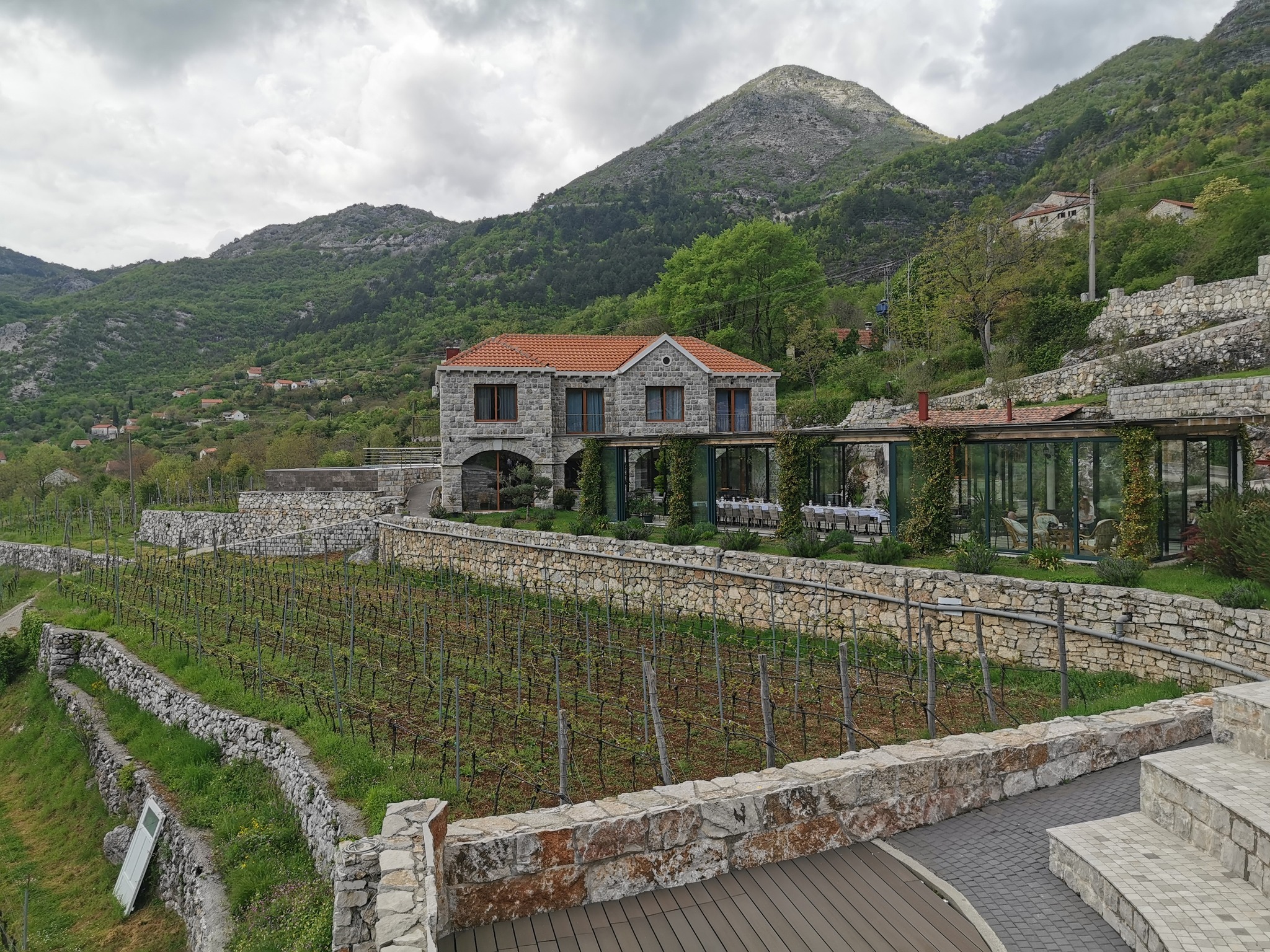

KRATOŠIJA PROBUDILA CRNOGORSKE VINARE
PROČITAJ VIŠE
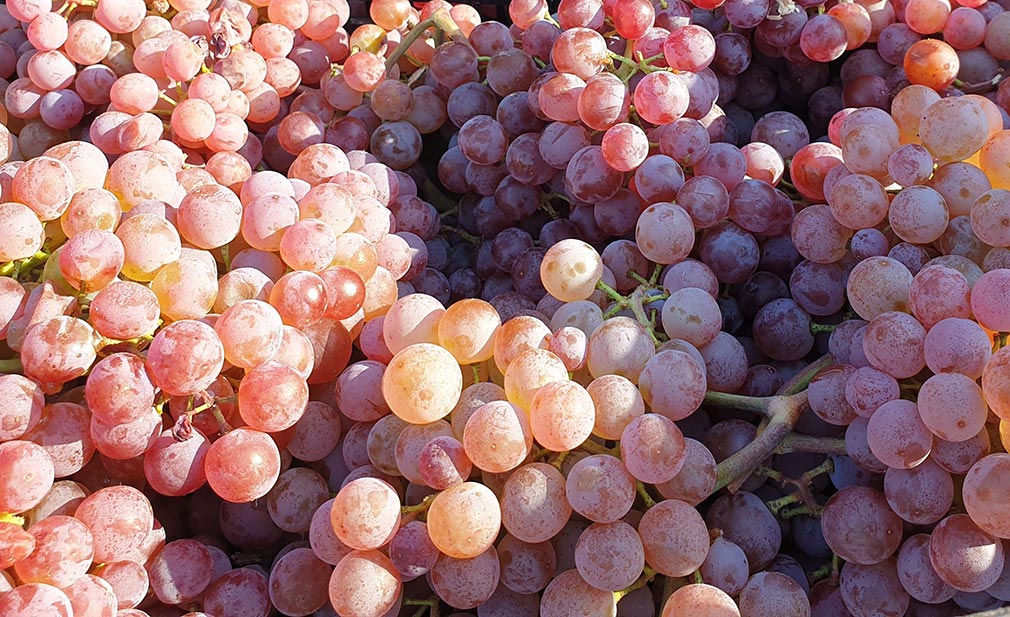

VINOPEDIA TOP 10 2024
PROČITAJ VIŠE
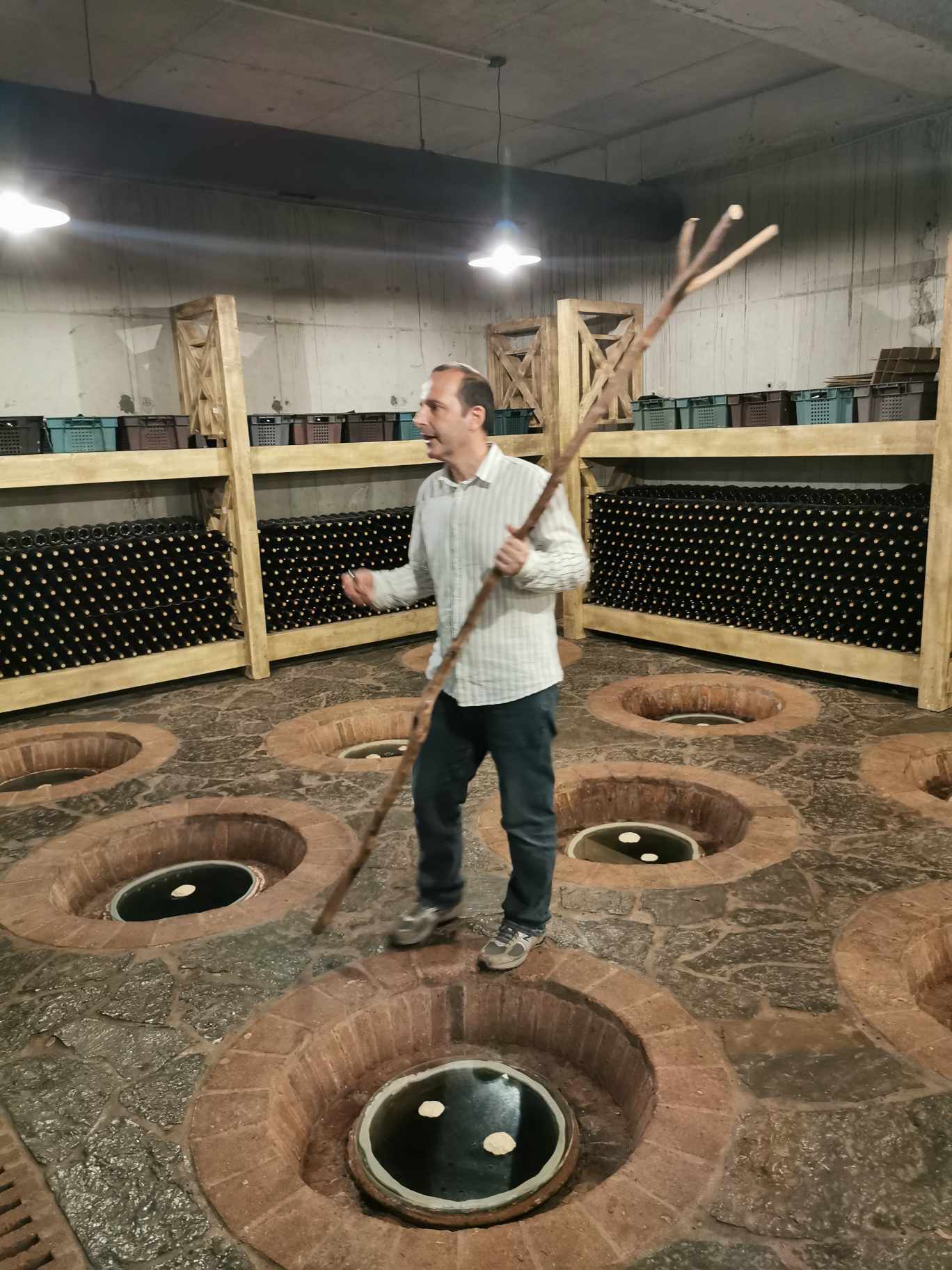

GIUAANI - VINSKI TURIZAM NA GRUZIJSKI NAČIN
PROČITAJ VIŠE


SPASIMO STARE VINOGRADE SRBIJE
PROČITAJ VIŠE
Winner MILLESIMA BLOG AWARD 2016

Pobednik MILLESIMA BLOG AWARD 2016
VINO & FINO wine personality of the year 2016

VINO & FINO vinska ličnost godine 2016